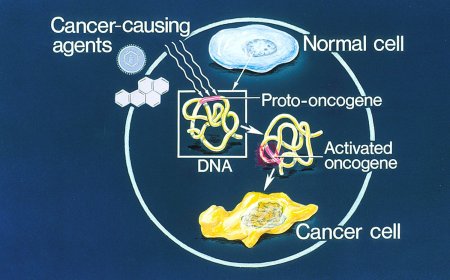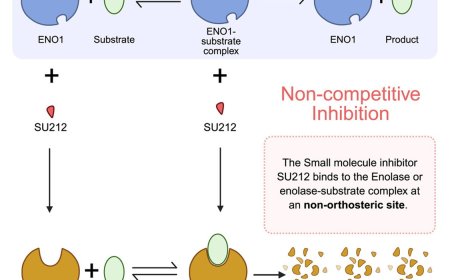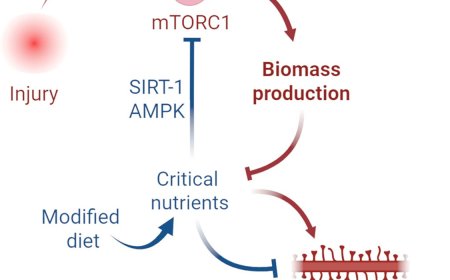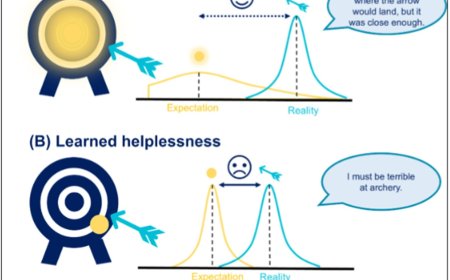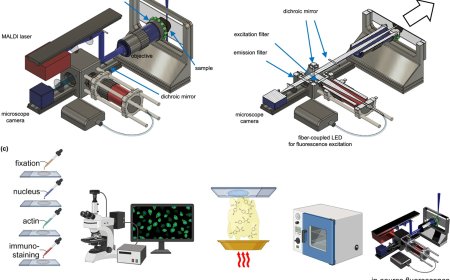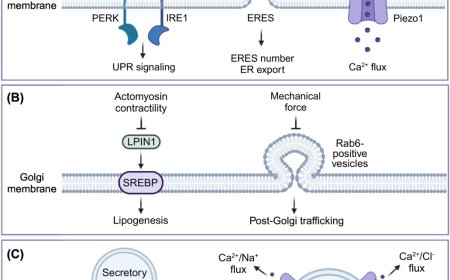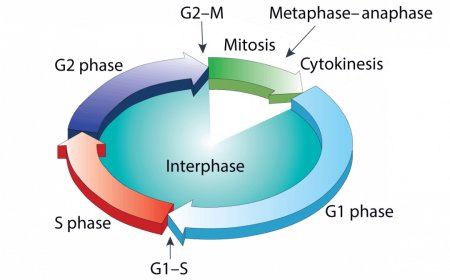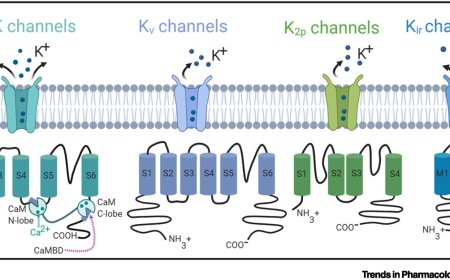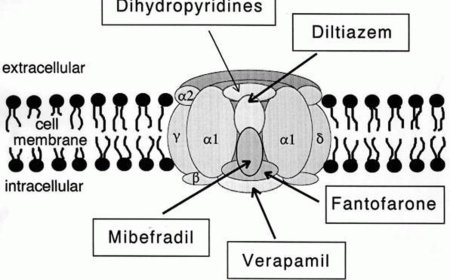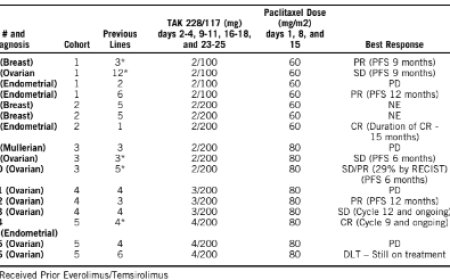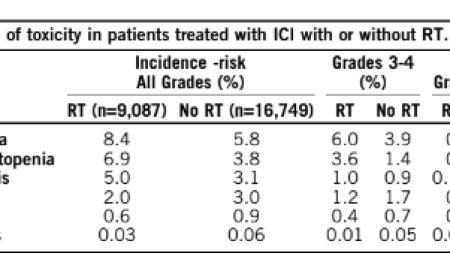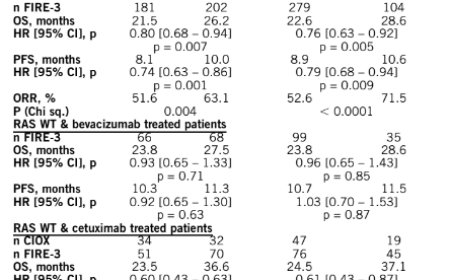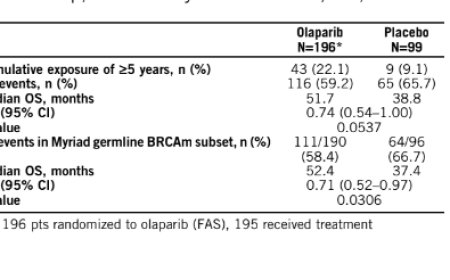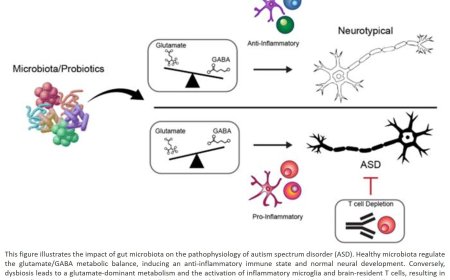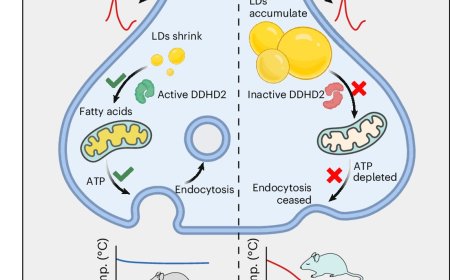Clearing the toxic tau protein

The neurotransmitter glutamate is essential for regulating everything from mood to memory, but it can also encourage a toxic buildup of the notorious tau protein, which can contribute to Alzheimer’s and related diseases. In a study published in Neuron, scientists describe a new approach for counteracting these devastating and often fatal neurodegenerative effects.
In the study the researchers made their discovery by studying lab mice as well as human brain “organoids,” which are rudimentary brain-like structures grown in the lab. The scientists produced these organoids from stem cells derived from healthy people as well as from patients with neurodegenerative diseases related to tau toxicity.
When exposed to glutamate, the organoids—particularly the ones derived from patients with neurodegenerative diseases—exhibited a toxic buildup of tau protein as well as neurodegeneration and nerve cell death. Mice with a mutation in tau, which causes a common form of dementia, displayed similar pathologies.
“Many potential drugs have been developed to mitigate the neurodegenerative effects of glutamate toxicity, but they’ve had mixed results in clinical trials,” said the corresponding author. “One challenge is that directly limiting the activity of glutamate, a key neurotransmitter, can have negative consequences, such as motor or memory deficits or even reduced consciousness.”
Taking a different approach, the scientists screened for genes that respond to glutamate and identified a gene called KCTD20. When the scientists suppressed the activity of this gene in the organoids and in the mice, glutamate did not produce the same ill effects in terms of either tau buildup or neurodegeneration.
Through additional experiments, the team discovered that suppressing this gene activated cellular compartments called lysosomes, which enveloped the toxic tau proteins and expelled them from the organoids’ cells.
“Our study points towards enhancing tau protein clearance as an important therapeutic strategy, rather than aiming to limit glutamate activity,” said the lead author.
The author added: “This is a promising new direction for developing targeted treatments for patients with tau-related neurodegenerative diseases including Alzheimer’s disease.”
